BRC-20 Nova or Meteor
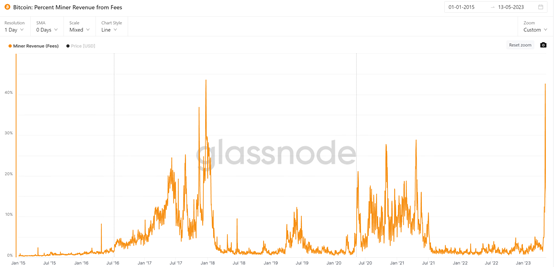

Summary
The emergence of the Ordinals protocol has created room for a new narrative of the BTC ecosystem. Recently, the recreation of the BRC-20 token standard on Ordinals has further extended the FOMO sentiment to zenith. This report from Huobi Research closely examines the origin of the Ordinals protocol, opportunities, recent data of the BRC-20 token, and the future of the BTC ecosystem.
(1)The Ordinals protocol endows BTC's smallest unit, Satoshi, with a higher transaction and collection value, opening a new era for the development of the Bitcoin ecosystem. As the Ordinals NFT market continues to pile up, the infrastructure segment is becoming strategically significant.
(2)The attempt on BRC-20 token standard has sparked a new wealth effect with over 18,279 BRC-20 projects minted on-chain. The trading market is pumped exponentially; Unisat outcompetes others like a dark horse, conquering more than 50% of the trading volume.
(3)For greater opportunities always come with commensurate risk, even though the BRC-20 token is still flawed in many ways, it creates considerable possibilities for the future development of the BTC ecosystem. Since the BTC ecosystem is still in an early phase of development, it requires continuous input from both developers and community members to consummate the protocol design and complete the infrastructure settings.
The crypto market is never short of trending topics. Recently, BRC-20 has been continuously heated that the attention received is exceeding that of the token offering and airdrop of Arbitrum. Brc-20 is an experimental fungible token standard as a substitute for Bitcoin proposed by domo@domodata based on the Ordinals protocol. Ordinals unraveled a new narrative for the BTC ecosystem and decentralization.
Since inception, the intrinsic value of BTC has never deviated from decentralization and free trade, and it remains the only cryptocurrency recognized as commodities by the U.S. Securities and Exchange Commission (SEC). Although the BTC network is not Turing Complete, developers never stopped chasing the dream to build an ecological empire of BTC that is commensurate with Ethereum. For example, the BTC Layer 2 and the Web5 network proposed by Jack Dorsey are nothing but to produce more powerful ecological project based on the decentralization of BTC.
1. Ordinals Protocol: The Renaissance of BTC
Since Casey Rodarmor created the Ordinals protocol on December 14, 2022, more than 6.41 million NFTs and Tokens have been minted as of May 14, opening a new venue for the development of the Bitcoin ecosystem. BTC NFTs are defined based on Sats (Satoshi), the smallest unit in the BTC network. The Ordinals protocol assigns a unique ID to each Satoshi, i.e., number + comment, making each otherwise homogeneous Satoshi a unique "NFT". The Ordinals protocol endows the Satoshi with a higher value for both trading and collecting.

Figure 1. Ordinals-Inscriptions (overtime) (source: dune, @dgtl_assets)
BTC NFT minted based on Ordinals protocol is fundamentally different from ETH NFT. Users can inscribe messages on the chain, including text/images/audio/video, but each block has only 4MB of storage space, which is the maximum for Bitcoin inscriptions.
(1)NFTs on Ethereum are issued and traded using smart contracts based on ERC-721 or ERC-1155 standards, and the only information stored on the chain is a Token ID composed by integers. This string of numbers is mapped to a URL, which retrieves the Metadata (name, description, image address) of the NFT. The NFT Metadata is usually stored on IPFS or centralized servers.
(2)The information in a BTC NFT is fully on-chain with no necessity for off-chain storage of Metadata. An NFT consists of a serial number, i.e., the mining order starts from 0, ensuring the uniqueness of each Satoshi. Because the NFT is genuinely stored on the chain, the information contained in the NFT has a size limit and cannot be modified, which is also the reason behind the craze of BTC enthusiasts.
More and more blue-chip NFT projects are also flocking into the BTC NFT ecosystem, and the outcome is rather positive. Yuga Lab’s Twelvefold was sold as high as 7.115 BTC on the auction. According to a research report from Galaxy, the Ordinals NFT market is expected to reach $4.5 billion by 2025, and the market infrastructure for Ordinals NFT will become more mature by the second quarter of 2023. Explorations on Dapps or scaling of BTC will also be a continuous topic for developers.
2. BRC-20: Evolution of the Ordinals Protocol
On March 9, the BRC-20 protocol was informally proposed by the founder, domo, which triggered a massive FOMO effect. According to Ordinalspace.org, as of May 14, more than 18,279 BRC-20 projects were developed with a total market cap of more than $500 million. Currently, the volume of BRC-20 protocol-related transactions on the BTC network has surpassed the volume of non-Ordinals protocol transactions. On May 7 and May 14, BRC-20 protocol transactions accounted for as high as more than 65% of the volume, and market sentiment seems to be continuing.

Figure 2. BTC network volume category ratios (source: dune, @cryptokoryo)
The BRC-20 protocol is a technology that supports the creation and trade of fungible tokens (FTs) on the Bitcoin blockchain using the Ordinals protocol, which compiles JSON token contract, including the token's name, symbol, total amount, number of decimal places, etc. The name "BRC-20" is an interpretation similar to Ethereum's ERC-20 token standard, but BRC-20 tokens are unable to interact with smart contracts, nor can they perform any automated operations.

Figure 3. BRC-20 ordi deployment code (source: twitter, @domodata)
2.1 The Incredible Pricing of Ordi
Ordi was the first token issued with the BRC-20 standard, with a limit of 1,000 tokens per mint, for a total of 21,000,000 tokens. Ordinal wallets, such as Unisat, quickly deployed tools for the BRC-20 standard, and all 21,000,000 Ordi tokens were minted in less than 18 hours. The price soared over 100 times from $0.1 to $29.04 in merely three weeks.
2.2 The Boom of Trading Market of Ordinals
The BRC-20 token mechanism is somewhat complex and additional steps are required for storage and transactions. Specifically, users need to run full nodes when minting Ordinals; in addition, there is no on-chain automated market maker on Bitcoin, in other words, a secured secondary market should be in place. Vast user demand and lucrative opportunities on transaction fees have dramatically accelerated the emergence of Ordinals trading marketplaces, even ushering in fierce competition. These infrastructures and tools primarily aim at serving Ordinals NFT, BRC-20 tokens, and BTC domains.
Ordinals went through a two-month hibernation period after its inception, during which Magic Eden recovered from the trauma of Solana and moved to the BTC NFT trading market, winning first place in terms of trading volume. With the emergence of BRC-20, Unisat became a dark horse in the trading market. Currently, Unisat has become the champion in trading volume with has over 50% market share. The creation of these tools and trading markets facilitated the multiplication of more BRC-20 tokens, resulting in the minting of over 30,000 ordinal inscriptions in a single day.

Figure 4. Comparison of the number of transactions in the BTC trading market (source: dune, @domo)
3. A Carnival Promoted by Various Parties
The BRC-20 token has more room for hype than BTC NFT, and it is indeed a willingly carnival from the perspective of retail investors, exchanges, developers, and miners.
(1)Victory of BTC miners
The minting and trading of BRC-20 has exerted unprecedented pressure on the BTC network. The minting and trading of a series of tokens, including BRC-20, has dramatically increased BTC's transaction fees. According to data on Glassnode, the number of transactions on the BTC blockchain reached 680,000 and 670,000 on May 1 and May 10, respectively. 403.91 BTC was paid network-wide on May 7, compared to a daily total of 21.89 BTC a month earlier, an increase of nearly 18 times. The Bitcoin fee rate has thus hit the highest record in the past 6 years. The soaring fees and block rewards are generating astonishing abnormal returns for miners.

Figure 5. Bitcoin miner fee revenue share (source: glassnode)
(2)Participation of leading ecosystem and institutions
Blue-chip Ethereum NFT projects, such as Yuga Labs, Crypto Punks, and BAYC have joined the Bitcoin ecosystem by issuing NFTs. NFT marketplaces, such as Magic Eden and several head exchanges, are also supporting the Ordinals ecosystem. For exchanges, they will benefit from more opportunities in asset management potential and incremental revenue from transaction fees. In order to enter the BTC ecosystem in a comparatively early phase and establish relationships with the community and developers, exchanges are more willing than investment institutions to become the daredevil.
(3)Boost from BSV Community
In fact, many ecological applications of BRC-20 currently stem from the community developers of the original BSV, including the Chinese development team behind the BRC-20 wallet, Unisat, which previously developed the smart contract solution, Sensible Contract, on BSV. Members from the BSV community have accumulated wealth again thanks to BRC-20. The prevalence of BRC-20 also cultivated development opportunities for developers focused on POW chains.
4. Opportunities and Threats
Current BRC-20 token development is still in its early stages, with strong meme attributes and novelties but no practical use cases. Furthermore, the BRC-20 standard is not as comprehensive and strict as the ERC token standard, which is not considered an alternative to Bitcoin with ordinal numbers. As the founder domo stated, it was just an experiment that could encourage the Bitcoin community to improve the standard design until a consensus on the best practice can be reached. Subsequently, the ORC-20 and BRC-721 token standard were in place, which added improvements in scalability, adaptability, and security.
BRC-20 may be an interesting social experiment, but the flaws cannot be neglected: (1) the ecological infrastructure of BRC-20 tokens is almost zero, and the tokens are mostly full of meme attributes that has little value in practice; (2) the BTC ecosystem does not have an exchange to provide liquidity and guarantee the security of token transactions; (3) as BRC-20 introduces more complex mechanisms, additional tools or platforms are mandated, which ties security to platforms, which are vulnerable to malicious attacks; it goes against the decentralization of BTC; (4) Regulatory risk. BTC is more of a commodity, but BRC-20 tokens may contribute to the formation of an unregistered securities market on the Bitcoin blockchain.
In addition, the FOMO sentiment triggered by the BRC-20 tokens has led to severe congestion on the Bitcoin network, with a rare phenomenon that no single block was generated within an hour on May 8. Also, when Bitcoin fee revenue continues to exceed the rewards for block generation, it may cause Time-Bandit Attacks, where miners are more motivated to process transactions with higher fees and ignore transactions with lower fees. The BTC network currently has over 300,000 pending transactions. Numerous BTC supporters are outraged with Ordinals and the BRC-20 ecosystem, and they perceive it as an attack and harm to the BTC network.
4.1 Future Development of the BTC Ecosystem
Any new attempt comes with controversy and sparks new thoughts. We see more possibilities of narratives on BTC through BRC-20, and some preparations can be done in order to embrace the next wave of wealth opportunities when it comes. As the BTC ecosystem has received more attention from developers, solutions to the congestion problem continue to spring up, and the BTC ecology will eventually be prosperous over time.
(1) Better token standards and smart contract markets
Nowadays, several exchanges and wallets have joined the discussion of alternative BTC-based token standards. This includes alternative data structures of JSON to reduce occupation of block storage. The Ordinals protocol and other protocols mandate better tools for indexing and managing these tokens, which cannot be achieved without contributions from developers and industry leaders.
(2) Attracting more investors to the game
The launch of BRC-20 is more of a product pushed by the secondary market, that being said, not very much interest or attention is received from institutional investors, mainly because it is still controversial on the emergence of BRC-20. However, the innovation of Ordinals is undoubtably an avant-garde attempt for possibilities of future development of the BTC ecosystem. Such renaissance of BTC will alter investors' stereotype of the BTC eco.
(3) BTC layer 2 may see a revival
The BTC Layer 2 network is also flooded with developers in light of the boom of the Ethereum Layer 2. Early and more well-known examples include the Lightning Network, whose use cases range widely from social platform reward payments, cross-border remittances, merchant payments to simple transfers, etc., which can meet the needs of diverse payment scenarios; it is also one of the promising solutions of current network congestion. In addition, Liquid, RSK, and Stacks are prominent projects in the ecosystem, but the whole ecosystem is still primitive.
References:
1. https://domo-2.gitbook.io/BRC-20-experiment/
2.https://mythbtc.xyz/BRC-20-token-standard-bitcoin/
3.https://ordspace.org/brc20
4.https://www.panewslab.com/zh_hk/articledetails/1tkh32vx.html
About Huobi Research Institute
Huobi Blockchain Application Research Institute (referred to as “Huobi Research Institute”) was established in April 2016. Since March 2018, it has been committed to comprehensively expanding the research and exploration of various fields of blockchain. As the research object, the research goal is to accelerate the research and development of blockchain technology, promote the application of the blockchain industry, and promote the ecological optimization of the blockchain industry. The main research content includes industry trends, technology paths, application innovations in the blockchain field, Model exploration, etc. Based on the principles of public welfare, rigor and innovation, Huobi Research Institute will carry out extensive and in-depth cooperation with governments, enterprises, universities and other institutions through various forms to build a research platform covering the complete industrial chain of the blockchain. Industry professionals provide a solid theoretical basis and trend judgments to promote the healthy and sustainable development of the entire blockchain industry.
Contact us:
Website:http://research.huobi.com
Email:[email protected]
Twitter:https://twitter.com/Huobi_Research
Telegram:https://t.me/HuobiResearchOfficial
Medium:https://medium.com/huobi-research
Disclaimer
1. The author of this report and his organization do not have any relationship that affects the objectivity, independence, and fairness of the report with other third parties involved in this report.
2. The information and data cited in this report are from compliance channels. The Sources of the information and data are considered reliable by the author, and necessary verifications have been made for their authenticity, accuracy and completeness, but the author makes no guarantee for their authenticity, accuracy or completeness.
3. The content of the report is for reference only, and the facts and opinions in the report do not constitute business, investment and other related recommendations. The author does not assume any responsibility for the losses caused by the use of the contents of this report, unless clearly stipulated by laws and regulations. Readers should not only make business and investment decisions based on this report, nor should they lose their ability to make independent judgments based on this report.
4. The information, opinions and inferences contained in this report only reflect the judgments of the researchers on the date of finalizing this report. In the future, based on industry changes and data and information updates, there is the possibility of updates of opinions and judgments.
5. The copyright of this report is only owned by Huobi Blockchain Research Institute. If you need to quote the content of this report, please indicate the Source. If you need a large amount of references, please inform in advance (see “About Huobi Blockchain Research Institute” for contact information) and use it within the allowed scope. Under no circumstances shall this report be quoted, deleted or modified contrary to the original intent.

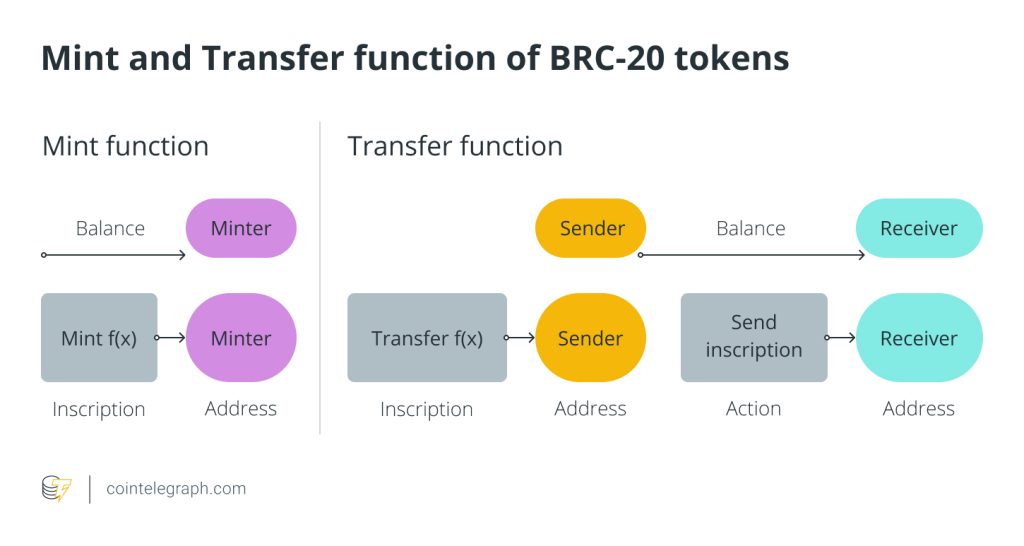
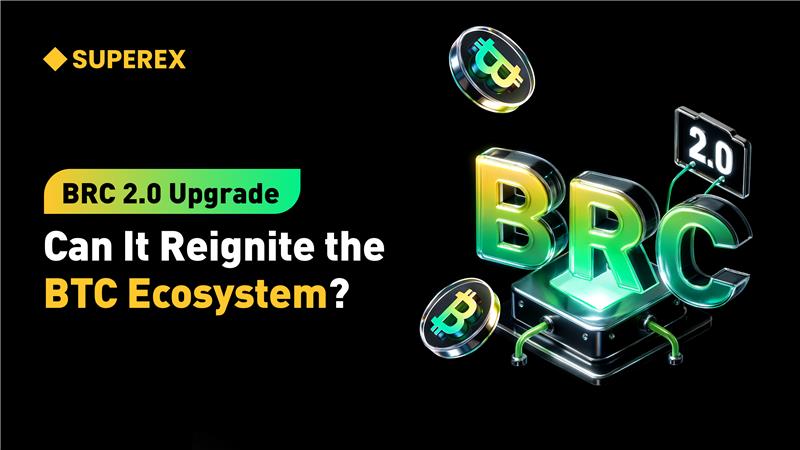
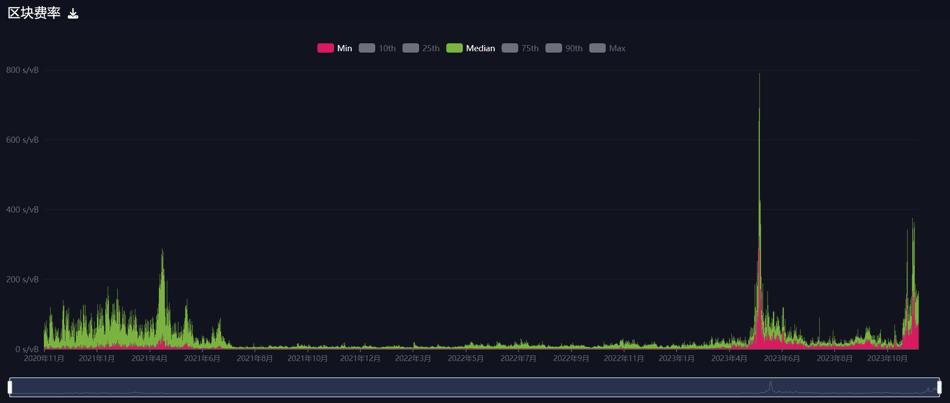
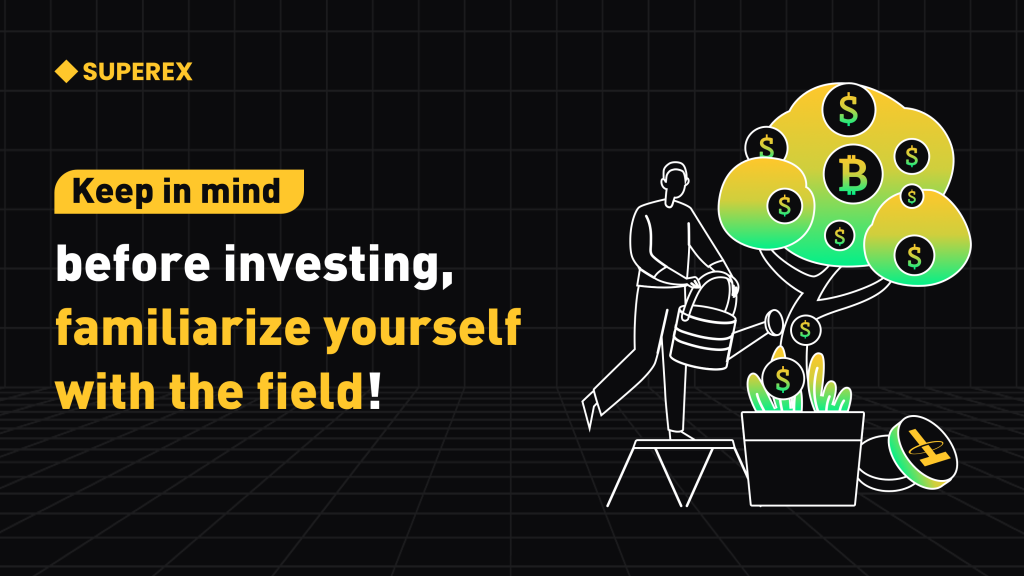
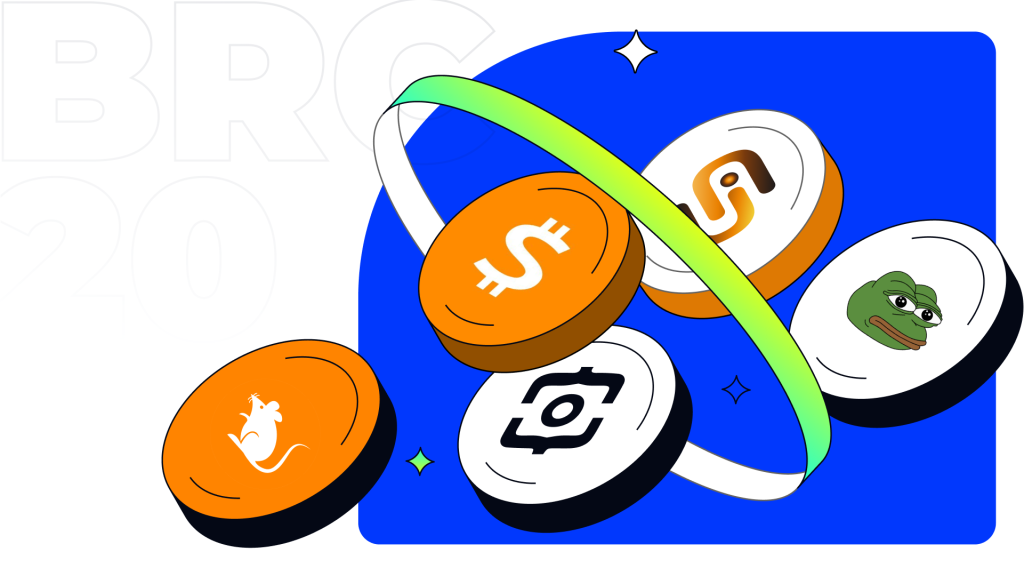
… [Trackback]
[…] Info to that Topic: x.superex.com/academys/deeplearning/2052/ […]
… [Trackback]
[…] Find More Information here to that Topic: x.superex.com/academys/deeplearning/2052/ […]
… [Trackback]
[…] Read More Information here on that Topic: x.superex.com/academys/deeplearning/2052/ […]
… [Trackback]
[…] Here you can find 50170 more Info to that Topic: x.superex.com/academys/deeplearning/2052/ […]
… [Trackback]
[…] Find More Information here on that Topic: x.superex.com/academys/deeplearning/2052/ […]
… [Trackback]
[…] Read More on that Topic: x.superex.com/academys/deeplearning/2052/ […]
… [Trackback]
[…] Here you can find 20551 more Info on that Topic: x.superex.com/academys/deeplearning/2052/ […]
… [Trackback]
[…] Find More on that Topic: x.superex.com/academys/deeplearning/2052/ […]
… [Trackback]
[…] Find More to that Topic: x.superex.com/academys/deeplearning/2052/ […]
… [Trackback]
[…] Find More on to that Topic: x.superex.com/academys/deeplearning/2052/ […]
… [Trackback]
[…] Information on that Topic: x.superex.com/academys/deeplearning/2052/ […]
… [Trackback]
[…] Read More here on that Topic: x.superex.com/academys/deeplearning/2052/ […]
… [Trackback]
[…] Find More on that Topic: x.superex.com/academys/deeplearning/2052/ […]
… [Trackback]
[…] Find More Info here on that Topic: x.superex.com/academys/deeplearning/2052/ […]
… [Trackback]
[…] Info to that Topic: x.superex.com/academys/deeplearning/2052/ […]
… [Trackback]
[…] Find More here on that Topic: x.superex.com/academys/deeplearning/2052/ […]
… [Trackback]
[…] Read More to that Topic: x.superex.com/academys/deeplearning/2052/ […]
… [Trackback]
[…] Information to that Topic: x.superex.com/academys/deeplearning/2052/ […]
… [Trackback]
[…] There you can find 6432 more Info to that Topic: x.superex.com/academys/deeplearning/2052/ […]